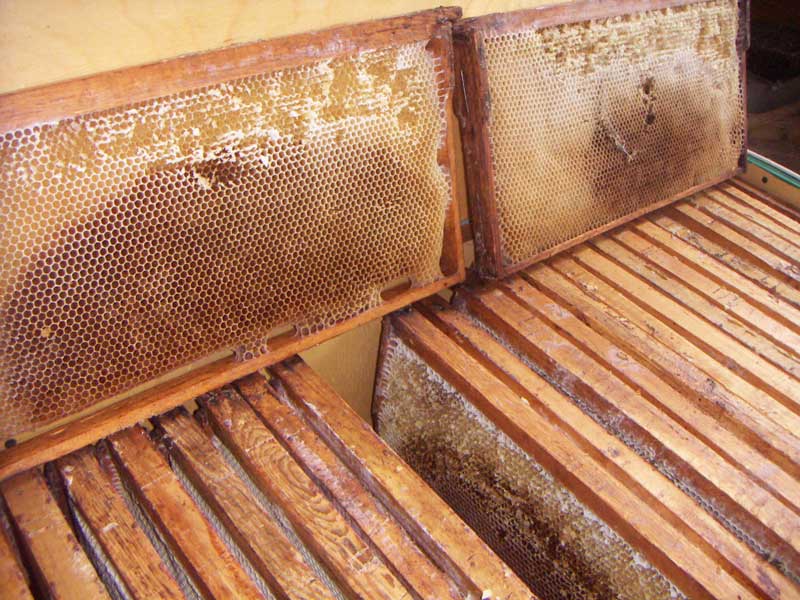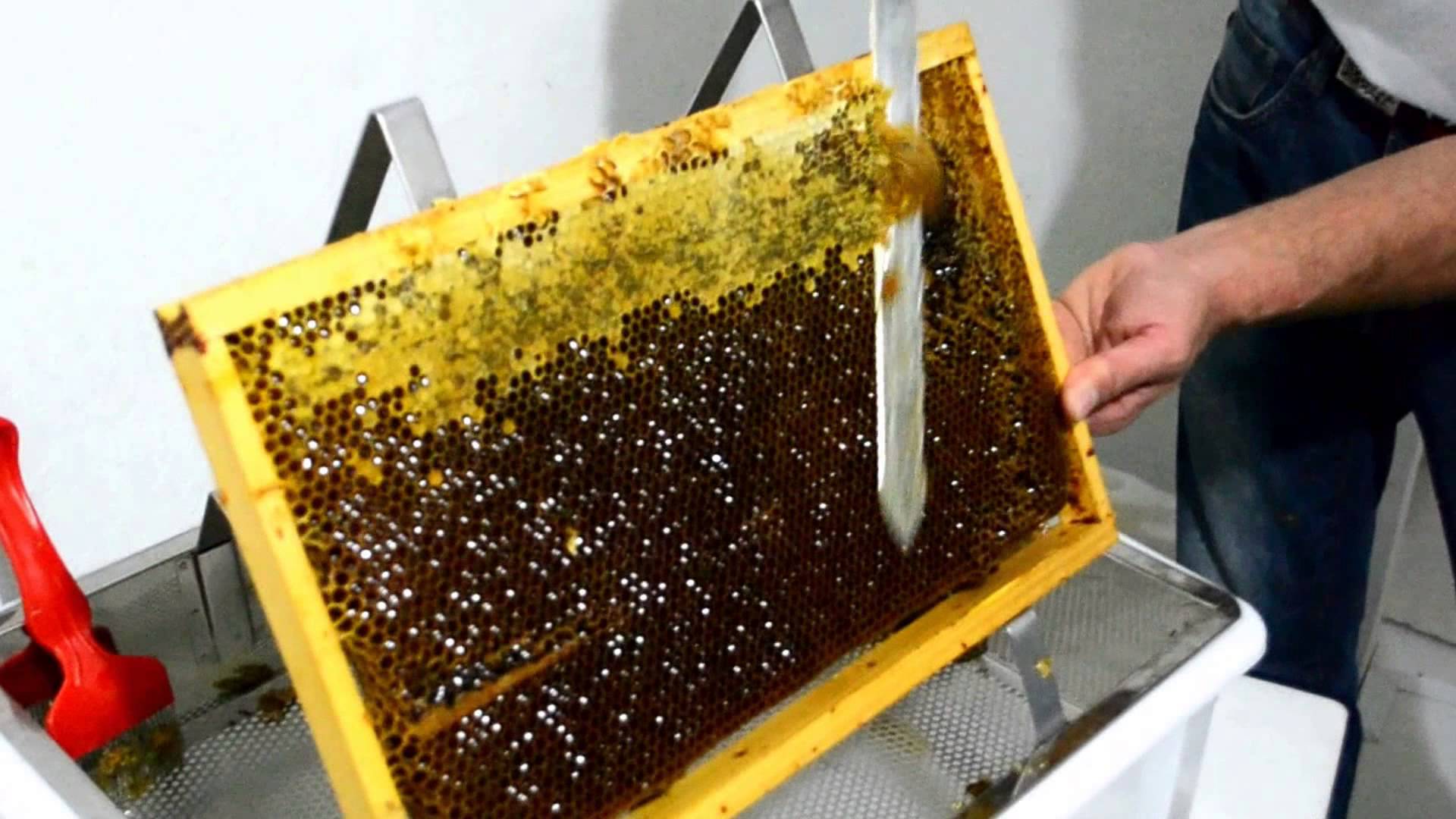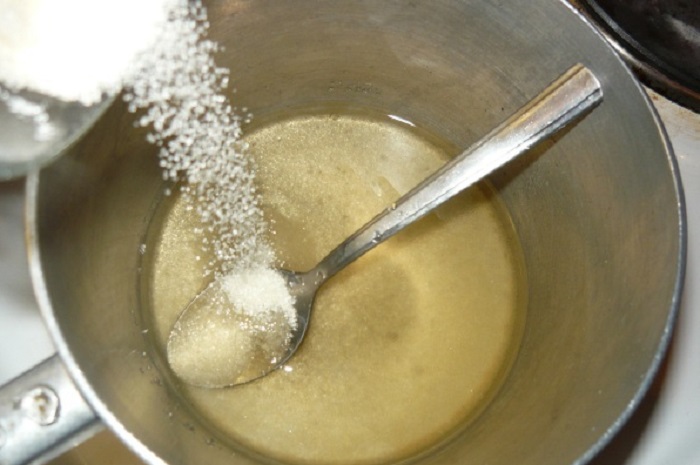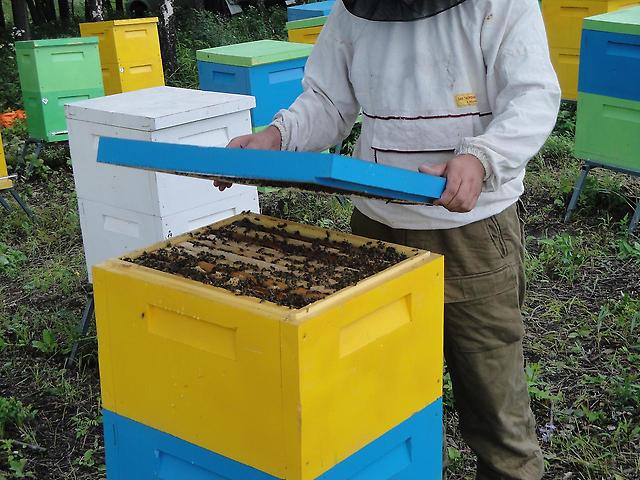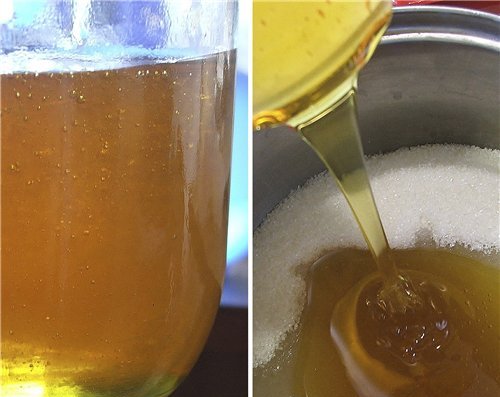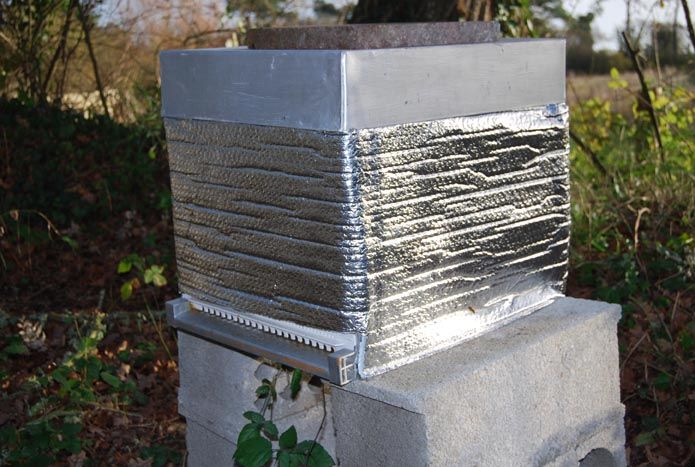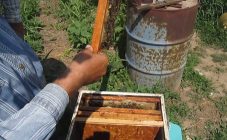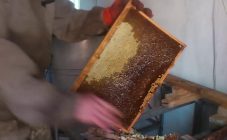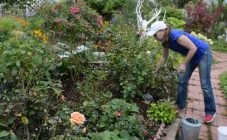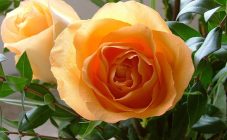Content:
For the bee in August, the work of the beekeeper is of great importance. During this period, a number of works and activities are carried out that will help the bees prepare for winter, and approach the next year with all possible strength. This article will tell you what work needs to be done in the apiary in August. There is also information on the necessary actions with bees in September and features of work in the Moscow region.
Work with bees in August
Beekeeping in August provides for the following work: analysis of families, pumping out honey, additional feeding of bees, prevention of attack.
Analysis of the state of families
A warm and calm day is best for this stage. The strength of the family and the amount of food reserves are assessed.
Every beekeeper has rules, but there are some principles that can be used by everyone. They clean half of the honeycomb frames. The corrupted and incomplete ones are eliminated. If this is not done, they may become moldy. Heather, honeydew and rapeseed types of honey are completely removed, since they are not suitable for fodder in winter. This honey is exchanged for a honeycomb with a fresh product.
In order to save the family for the winter, leave five honeycomb frames filled with high-quality honey, as well as three frames of bee bread. Combs with brood are placed in the central part, honeycombs are attached on both sides, and then combs with honey. They produce high-quality insulation of the hive, put protection against rodents. The room where the bees will be during the winter is being repaired, dried and disinfected.
Pumping honey
The process consists in pumping out the mature product from the selected honeycomb frames. To properly pump out honey, an isolated room is used, which is inaccessible to wasps and bees. Pumping is done from frames that are filled with honey and sealed two thirds or more.
Pumping process:
- opening honeycombs and cleaning wax lids (use a well-heated knife);
- the prepared frames are installed in the honey extractor;
- after filling the honey extractor cup, honey is poured into a clean container;
- some beekeepers insist honey for 3 days.
After pumping out, everything is put in order: the frames are sorted and dried.
Complementary feeding
It is better to start additional feeding a little earlier than August.
Sugar syrup is used for completing, which is diluted with plain water in a 1: 1 ratio. It is poured into the feeders. The family relies on 1 liter of syrup.
Also, along with the feeding, additional frames are installed for the processed product. The end of feeding is August 20.
Preventing an attack
In August, the likelihood of an attack increases, when thief bees prefer not to extract honey on their own, but to take it by force from others. At the same time, there is a natural struggle between bees of different families. As a result, the hive may be left without a queen, and the family may even die.
In order to prevent an attack, you need to carefully examine the bee house and cover up all the cracks through which foreign bees can enter the hive.
In addition, a number of rules should be followed when feeding:
- Disassembling the hive for inspection is allowed only in the morning or late evening. In any case, it cannot be left open for long.
- Frames removed from the hive should be placed in a special portable box that can be closed with a lid.
- Care must be taken when feeding a family of bees. Do not leave syrup or grains of candied honey near the hive. If the top dressing gets on the lid of the hive, you should immediately wipe it off with a wet cloth, if the sweetness fell on the ground, sprinkle it well with sand.
If an attack has begun, all entrances are immediately closed.
Works at the apiary in August in the Moscow region
In August, the following works are carried out at an apiary in the Moscow region:
- If there are weak families, they are united and prepared for winter. Two families are left in one hive.
- Check honey for honeydew. If the product contains honeydew, then honey is not suitable for the insect. Honeydew honey is completely removed and replaced with honey, which was collected at the beginning of the main honey harvest period. Also, feeding can be done with sugar syrup.
- Clean up the black frames. Be sure to remove frames that are completely filled with honey.
- In the second half of the month, sanitary and preventive work is carried out. If there are drones in the family, this may mean that there is no queen in the family. Such a family must be united with another family.
- So that the uterus does not stop laying, after preliminary assembly, you should immediately feed the family with sugar syrup.
As a top dressing, it is best to give inverted syrup, which is more suitable for processing by bees (their body wears out less).
To prepare such a syrup, you need to: dissolve 7 kg of sugar in 6 liters of hot water, add 700 g of honey and heat the mixture in a boiling water bath for 70–80 minutes.
Work with bees in September
Work in the first month of autumn at the apiary includes the following activities: feeding, warming hives, monitoring families.
Top dressing
These works are carried out until September 5. After the fifth day, the bees will no longer be able to process honey and it will turn sour.
For a good overwintering, approximately 20 kg of feed per family is required. For the winter period, it is best to take light-colored honey. It should be remembered that varieties with crystals will not work (honeydew, rapeseed, etc.). Sugar syrup and bee bread are also left for the bees.
The ratio of syrup and honey per frame is 60 and 40%, respectively. Two frames are installed with the perga.
The feed frames are installed around the perimeter. Heavier frames are placed on the sides, and less loaded frames in front of the entrance. With this setting, insects can find food.
For any type of feeding, a diary is kept, which contains information about the amount of food, the frames with food and the frames that the bees cover. The age of the uterus is also indicated.
Insulation of hives
In the winter house, you need to maintain a temperature regime of +1 to −2 degrees. Humidity 80-85%.
In the fall, a pallet is laid under each hive. There should be a space of up to 100 mm under the frame.
Before insulating the hive, it is worth sealing up all the cracks. Then the insulation material is prepared: dried moss, fern, sawdust.
If space permits, wooden boards are installed from the sides, which will protect from the wind. First, a warming pillow is placed in the gap, then dry moss, then a pillow again.
Family control
The old and young families are determined. Separate independent families and those that need to be transferred to mothers.
Works in August, September in sun loungers
Work in the apiary in sun loungers in August and September differ only in preparing the bees for winter.
The following activities are carried out:
- When the main bribe has occurred, the hives are analyzed for the presence of fetal queens, the amount of honey, etc.
- Strong families are given 8-10 frames, medium - 6-7 frames, weak 4-5 - frames.
- Reduce space to keep the hive as warm as possible. For these purposes, you can use foam. Leave a small space between the edge of the hive and the foam for good ventilation.
- Provides additional ventilation. You can leave gaps in the boards in the ceiling or fold back a piece of the canvas.
- Boards on the ceiling are insulated with materials that allow air to pass through well (straw is good).
- Protection against rodents and other pests is installed in the form of lattices.
- When cold weather sets in, the hives are transferred to Omshanik. The hives can be left outside, but then they must be additionally insulated.
Compliance with the rules of work in August and September will help maintain the health of the bee colony. And the health of the bees guarantees a good collection of honey for the next year.
